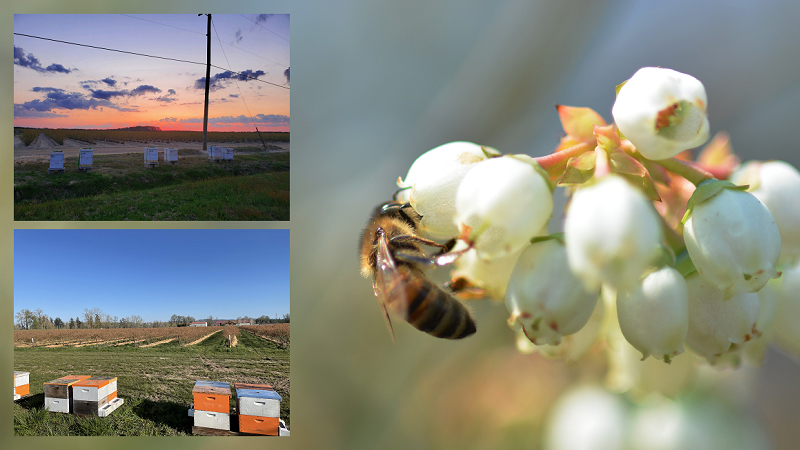Tips For Mixing Your Own Fertilizers for Greenhouse Production
Interested in customizing your own nutrition program for your protected agriculture crops? It’s not as straight forward as you might think. But many growers prefer the flexibility creating their own mixes give them, so long as they know how to avoid some common mistakes.
For most greenhouse vegetable growers, using a pre-mixed fertilizer from a reputable company is the best bet. That way you know that the mixture is reliable and you don’t risk making mistakes in weighing out your own ingredients.
This is especially true for new growers who do not have the experience or skill to carefully blend various fertilizer elements to get the perfect mixture. Just be sure to buy a commercial blend that is specifically intended for greenhouse, hydroponically grown tomatoes.
Do not buy a general purpose 20-20-20 fertilizer for tomatoes. While it is fine for bedding plants and many ornamentals, this grade is unsuitable for tomatoes.
Still want to give mixing your own fertilizers a try? Take the time to understand the many factors to avoiding disaster.
Know Your Solubility Limit
Simply stated, there are limits on how much of a given fertilizer will dissolve in water. These are the solubility limits. It is important to dissolve the fertilizer completely in water. Otherwise, it will settle out in the mixing tank, and plants will not get their full dose of fertilizer elements.
If there is a problem getting all of the fertilizer to dissolve, there are a couple of “fixes” to get the job done.
- The solution can be mixed with a mechanical mixer (on a small scale, a paddle can be used to manually mix it);
- a circulating pump can be used to recirculate the solution until it dissolves, or;
- hot water (180°F) can be used to get the fertilizer into solution.
How To Mix Your Own Fertilizers
Here are several things to note:
- First of all, there are multiple ingredients that can be used to mix your own fertilizers. However, not all of these are used at one time. For example, several possible sources of nitrogen, potassium, and other elements could be listed. Parts per million must be calculated for each fertilizer used so that the totals for each element match the amount you want to apply.
- Magnesium sulfate is the exact same thing as Epsom salt. It is just the chemical name for that molecule while Epsom salt is the more commonly used name.
- While many fertilizers dissolve quite well in cold water, there are some that are less soluble. Special attention must be paid to these. Potassium sulfate is a good example. While it is a good source for potassium, you cannot dissolve more than 83 pounds in 100 gallons of cold water. This is equivalent to about 13 ounces per gallon. As long as you do not exceed this amount, or use one of the methods mentioned above to dissolve fertilizers (mixing or hot water), there will be no problem.
- For micronutrients, there is no room for error. For example, boron is often mixed to provide only 1 ppm, a very minute amount. Missing this by a factor of 10 or even less by not measuring accurately can be toxic to your plants.
If in doubt, stick with a premixed commercial fertilizer for greenhouse tomatoes.










